About EU
28 countries, more than 500 million of people, a single unity – the European Union and its institutions
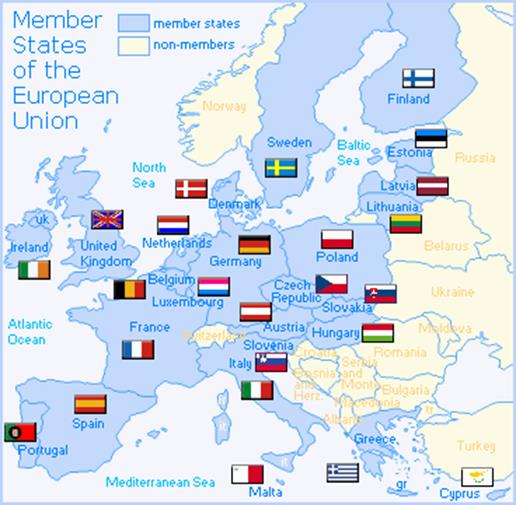
The main institutions of the EU are:
European Council, European Commission, European Parliament and Council of the EU – they determine the political priorities of the EU.
European Council meetings are essentially summits where EU leaders (heads of states and governments) meet to decide on broad political priorities and major initiatives.
It proposes the President of the European Council.
![]() Council of the European Union, Brussels
Council of the European Union, Brussels
This is where national ministers from each EU country meet to adopt laws and coordinate policies.
The European Commission represents and upholds the interests of the EU and represents the executive branch.
 Court of Justice of the European Union, Luxembourg
Court of Justice of the European Union, Luxembourg
The supreme judicial body of the EU, that ensures compliance with EU law.
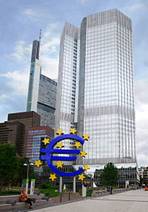
 European Central Bank, Frankfurt am Main
European Central Bank, Frankfurt am Main
European Central Bank manages the euro – the EU’s single currency – and safeguards price stability in the EU. It is also responsible for framing and implementing the EU’s economic and monetary policy.
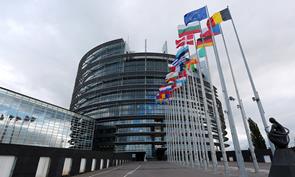
![]() European Parliament, Strasbourg
European Parliament, Strasbourg
Members of the European Parliament are the representatives of European citizens. They are directly elected every 5 years.
28 EU countries are represented at the elections to the European Parliament. However, these parties can partially unite in political groups at the European level. The most powerful groups, as the results of the 8-th elections in May 2014 show, are the European People’s Party (Christian Democrats) [EPP] that take 221 seats and the Progressive Alliance of Socialists and Democrats in the European Parliament [S&D] that take 191 seats. From 2014 there are 751 seats in the European Parliament. The bigger population of the EU country, the more seats it owns. Among 751 Members of the European Parliament, 99 represent Germany.
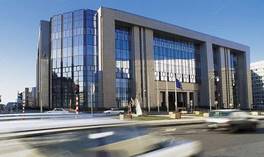
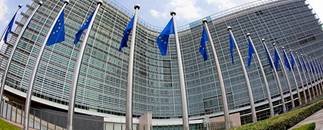

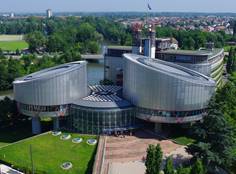
 English
English